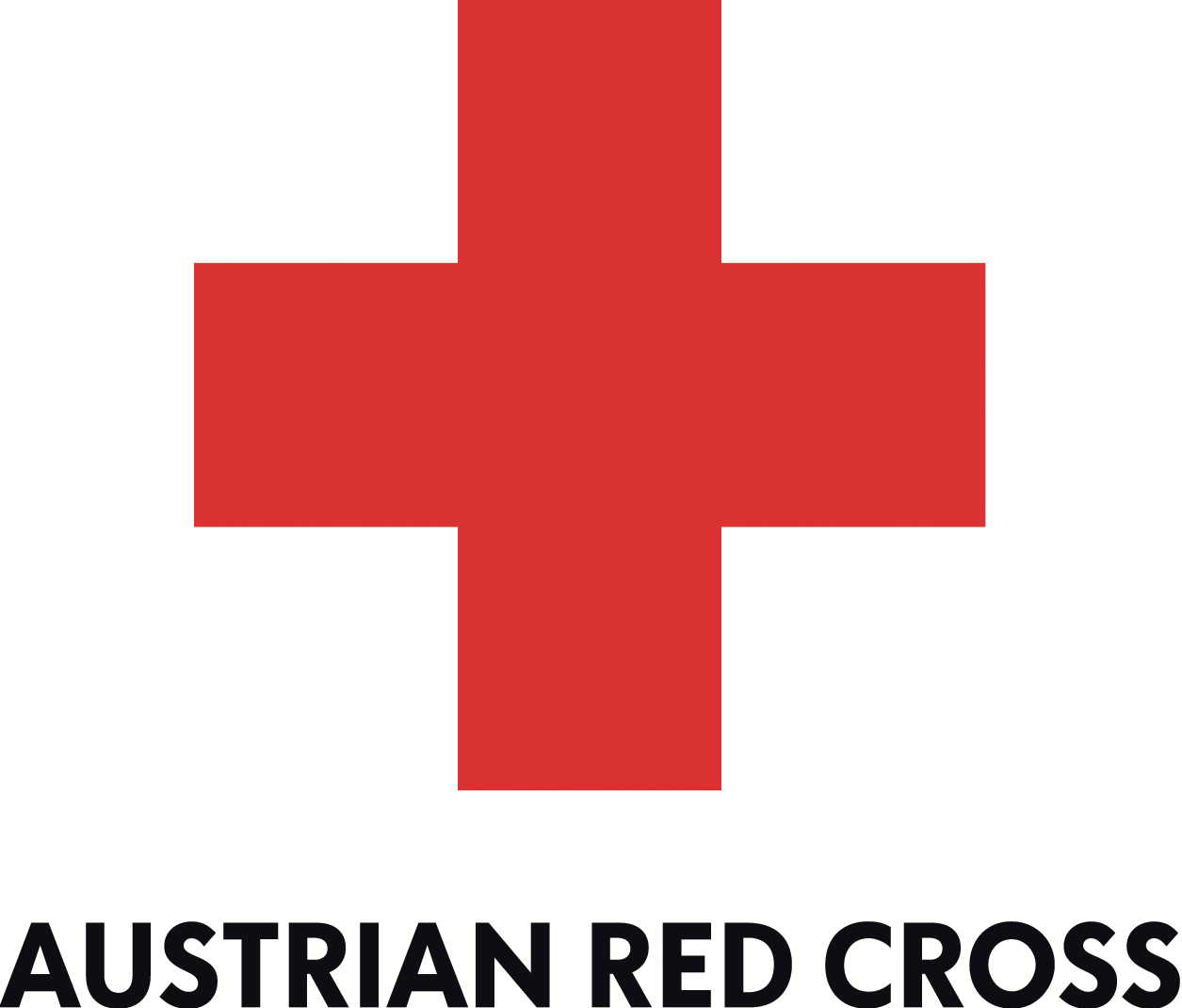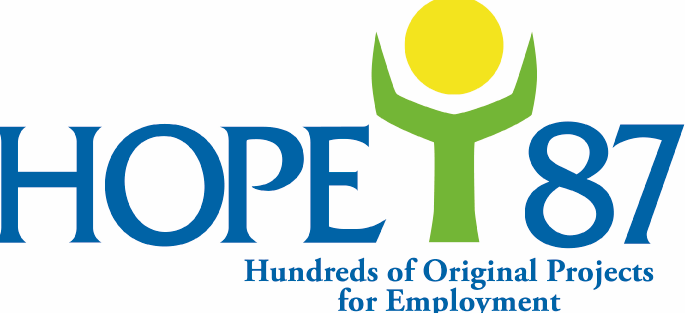Monique PARIAT, Director-General for European Civil Protection and Humanitarian Aid Operations (ECHO)
Keynote speech “Triple Nexus – Triple Challenge?” – Congress Vienna, 29/03/2019
Let me start by replying to the following question: “Why the Nexus approach?”
Never since World War II, has the world faced such a dire humanitarian situation. Today, more than 200 million people require international humanitarian assistance. More than 68 million were forcibly displaced due to conflicts and violence. New and direct humanitarian challenges are deriving from climate change.
We are also faced with a changing political and operational environment. Increasing fragility and insecurity is coupled with systematic violations of International Humanitarian Law. Direct attacks on civilians and civilian infrastructure, and targeting of humanitarian aid workers is becoming widespread. Humanitarian access is getting more restricted in a number of different contexts.
At the same time, nearly half of the people living in extreme poverty today live in fragile contexts. This will rise to 80 percent by 2030. This alone leads to the recognition that we need to work much closer together to ensure coherence and effectiveness in the way we meet peoples’ needs.
Protracted crises is the new norm anymore. It is the norm. More than 80 percent of refugee crises last for 10 years or more. While new conflict situations are erupting, others remain unresolved. All of this leads to further increase of humanitarian needs. Crises and conflicts are longer, being more complex, often affected by multiple factors.
The humanitarian aid as we knew it 15-20 years ago does not exist anymore. Now, apart from being an ambulance and an emergency ward, we are also a hospital. But humanitarians cannot, and should not, bear everything on their shoulders.
We need political actors to address political crisis and development actors for longer-term resilience and development. There is no real option not to apply a nexus approach to address these protracted crises and conflicts.
At the centre of strengthening the coherence and complementarities of different efforts, lies the common aim to save lives, alleviate suffering, and reduce peoples’ needs, risks and vulnerabilities. This approach is critical in reducing the humanitarian caseload, and ensuring that we meet our collective responsibility to ‘leave no one behind’.
So what is the EU doing and why do we think this approach is relevant also for other actors?
Starting with the double – humanitarian-development – nexus. The EU (including our Member States) is testing a new nexus model in six countries (i.e. Chad, Iraq, Myanmar/Burma, Nigeria, Sudan and Uganda) with encouraging results so far.
We are on the right trajectory: with better shared situation analysis and collective advocacy positions. We are also better aligning our funding instruments to address short-term basic needs, as well as the root causes and drivers of fragility all together.
Our aim is also not to duplicate the ongoing work by other actors, including at the UN, OECD, and the World Bank. Instead, we work closely with them. Concrete implementation actions, including financial allocations and measures to monitor risks and fragility, are some of the results of this work.
However, sometimes we also need to add the political and peace dimensions in the humanitarian-development nexus. We, in the EU, welcome the inclusion of the third pillar of the nexus, provided that humanitarian principles are safeguarded.
And let me be clear on this: maintaining the respect for humanitarian principles in the triple nexus is possible. How can this be done? By applying a principled pragmatic approach.
The recognition of the ‘humanitarian space’ in all of this is key. In the EU, this is fully recognised in ‘our new way of working’ also known as the EU’s Integrated Approach to external conflicts and crises.
To bring clarity on these areas, it is essential for all of us to unpack the “peace” component in different contingencies (e.g. emergencies, post-emergencies, post-conflict), in order to better identify advantages from a joined-up approach, with all concerned actors.
Keeping always in mind that there can be no one-size fit-for-all approach and that every context is and will remain different, we operationalise the humanitarian-development nexus, by fully taking into account the peace and political dimensions. This allows us to increase efficiency, help alleviate vulnerabilities and reduce needs in the longer term, and –for the relevant actors to ultimately see how best they can better contribute to a solution to the conflict.
With a common understanding and a joint analysis of the needs and possibilities, we aim at having a clear division of labour between the different actors (be it humanitarian, development and political); fully in line with our specific mandates, roles and sensitivities.
Our focus is always on how to maximise results on the ground. Depending on the context, there may be certain instances where humanitarian presence and expertise may take advantage of opportunities for peace and political settlement in fragile countries. Let me share a few examples:
Integrating conflict sensitivity in all external EU action is a key component of operationalising the triple nexus. We invest in our own humanitarian analytical capacity, while at the same time drawing lessons and experience from non-humanitarian actors, on how best interventions can be more conflict sensitive. We invest in training our own staff in such areas.
Effective humanitarian Civil-Military Coordination (CMCoord) can improve the interaction between the humanitarian and security communities, allowing for better access, while improving protection. My service has been quite instrumental on CMCoord both within the EU and more globally.
Promotion of IHL is a must in today’s conflicts. By constantly advocating on the importance of IHL, my service has played a key role in including IHL in all EU current military Common Security and Defence Policy missions and thus ensuring that the training of the national armed forces of Mali, Somalia, CAR provided by EU CSDP Training Missions includes IHL.
Let me finish by saying that we in the EU aim at achieving at all times and in all contexts better coherence and complementarities. Our integrated approach safeguards the humanitarian principles; and respects different mandates, legal frameworks and instruments.
Thank you for your attention.


















